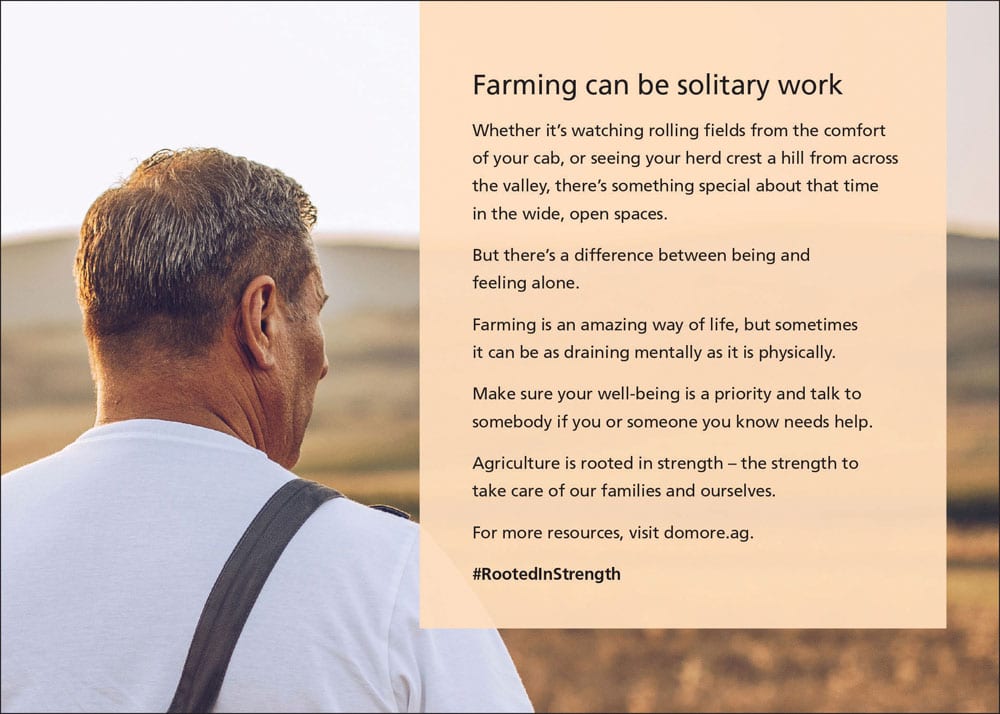Becky Parker is a young woman with a vision and passion — to engage and educate youth about agriculture, the agri-food sector and its many career opportunities. She is a project and partnership strategist with Ontario Agri-Food and Education and a Nuffield scholar researching models of ag career education.
Parker shared a startling fact recently at Manitoba Ag Days, that it is estimated that by 2022 there will be 74,000 job openings in the Canadian agri-food sector but one-third will go unfilled. Farm Credit Canada has identified a labour shortage in agriculture as the leading risk management factor for our industry.
She believes the answer to the labour shortage is sitting in our classrooms right now. “There’s a feeling, there’s an identity to working in agriculture,” she said. We need to excite and engage young people yet remain realistic. Certain jobs aren’t for everyone, especially in primary production. Many students say it is “too much work.” So how can we sell these jobs and open their eyes to other employment prospects in agriculture?

First, we need to work on perception, she said. So many view agriculture as farming and/or being a farmer, and are unaware of the many other opportunities that exist. Everyone in the industry can work on this issue. We can start by providing students with hands-on experience — field trips to farms or “take a kid to work” days. Connect with school guidance counsellors and consider apprenticeship programs. Share information on resources. Ag in the Classroom offers a variety of learning opportunities for students of all ages. GrowingCareers.ca is designed for both educators and students to explore careers in the agri-food sector.
Secondly, “Be a mentor or teacher,” Parker says. Volunteer with Ag in the Classroom or 4-H. Host a meeting or ag forum; share your experience. Consider what other countries are doing. In New Zealand, “Get Ahead Career Experience Days” are held where students meet successful professionals in the ag industry, and also complete a hands-on activity associated with a particular job. Australia has an Art4Agriculture program where students research an ag commodity or issue and present their findings through art on a fibreglass cow. This not only brings the farm into the classroom but builds relationships between schools, industry and business while raising awareness of careers.
Read Also

Imbalanced food system cuts into farm profit, advocates say
Canadian grocery prices have risen considerably. Where is that profit going if not to Canadian farmers?
Sharing your story is one of the most important things you can do, Parker told the audience. That doesn’t necessarily mean talking about “what” we do — it is far more powerful to share the “why.” We’re more likely to inspire if we share the reasons and the passion behind our career choice. Social media provides a great platform but volunteering or everyday conversations also offer opportunities.
Being proactive and starting early will open students’ eyes to the wide variety of jobs available. We each need to do what we can to engage the next generation and ensure a labour shortage will not be a crippling issue for agriculture in 2022. We all need to “step up to the plate, and swing the bat.”
Sandi Knight writes from Macdonald, Manitoba



















